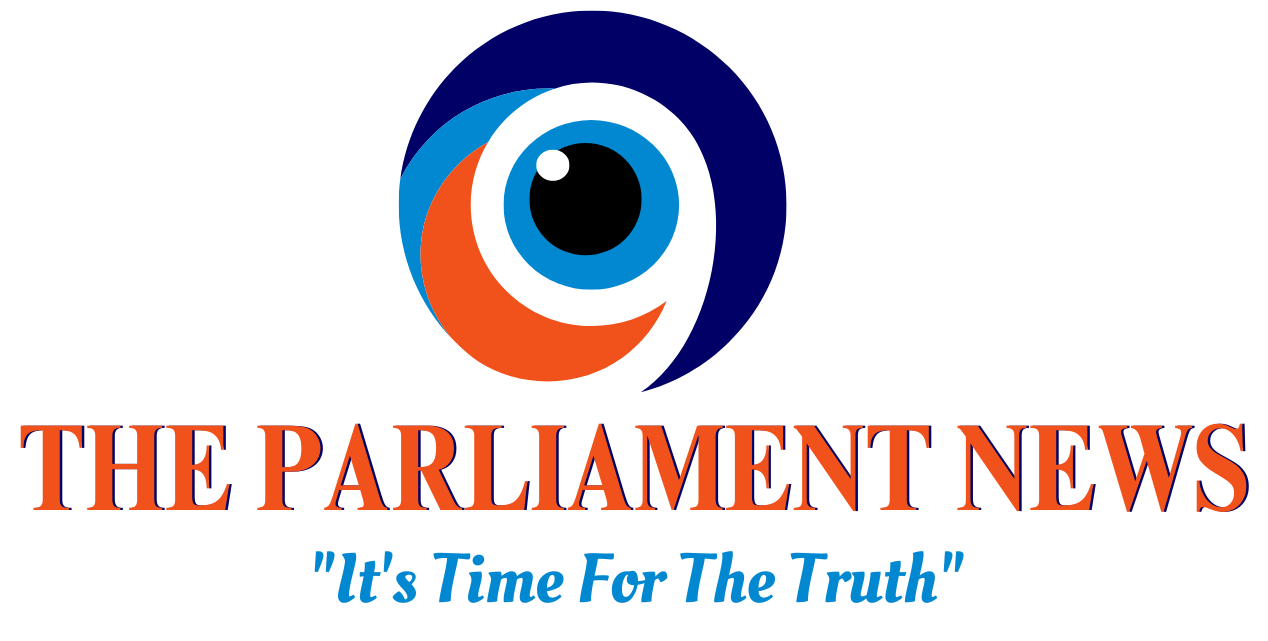In a stunning move that sent shockwaves through the financial world, U.S. President Donald Trump unveiled a strategic reserve of cryptocurrencies, triggering an unprecedented surge in the market. Within hours of his announcement, the total crypto market value soared by 10%—adding over $300 billion, with Bitcoin and Ether leading the charge.
This decision marks a major shift in the U.S. government’s stance on digital assets, signaling an era of active participation rather than regulatory suppression. But what does this mean for the crypto industry, and how will it shape America’s financial landscape moving forward?
The Big Reveal: Trump’s Strategic Crypto Reserve
Trump’s post on Truth Social named five digital assets that will form the backbone of a new U.S. strategic cryptocurrency reserve:
- Bitcoin (BTC)
- Ether (ETH)
- XRP (Ripple’s token)
- Solana (SOL)
- Cardano (ADA)
Initially, only the names of these five assets were disclosed, but in a follow-up statement, Trump clarified that Bitcoin and Ether would be at the core of the reserve. The surprise inclusion of XRP, Solana, and Cardano suggests a broader recognition of blockchain technology beyond Bitcoin, aligning with Trump’s increasingly pro-crypto stance.
“This move signals a shift toward active participation in the crypto economy by the U.S. government,” said Federico Brokate, head of U.S. business at 21Shares. “It has the potential to accelerate institutional adoption, provide greater regulatory clarity, and strengthen the U.S.’s leadership in digital asset innovation.”
Market Reaction: Crypto Surges Amid Policy Shake-Up
The crypto market erupted following Trump’s announcement:



Despite the short-term rally, some analysts remain cautious, noting that major cryptocurrencies had been on a downward trajectory in recent weeks. The market is seeking a more concrete catalyst, such as interest rate cuts from the Federal Reserve or a well-defined regulatory framework from Trump’s administration.
“The announcement suggests a more patriotic stance toward the broader crypto technology space, with little regard for the fundamental qualities of these assets,” remarked James Butterfill, head of research at CoinShares.
This divergence in sentiment raises a key question: Is this rally sustainable, or is it just a temporary adrenaline rush?
Why Now? Trump’s Shift from Regulatory Crackdowns to Adoption
Trump’s move stands in stark contrast to his Democratic predecessor, Joe Biden, under whom regulators aggressively cracked down on the crypto industry, citing concerns over fraud and money laundering.
However, under Trump’s leadership:




These developments signal an explicitly pro-crypto stance, aligning with Trump’s strategy to gain support from the blockchain industry ahead of the 2024 election. His administration appears committed to reducing regulatory barriers and fostering crypto innovation rather than restricting it.
The Road Ahead: Will the Reserve Need Congressional Approval?
While Trump’s executive order has set the foundation for a U.S. crypto reserve, legal experts are debating whether an act of Congress will be required to formalize it. Some believe that the U.S. Treasury’s Exchange Stabilization Fund (ESF) could be used to acquire and manage digital assets without legislative intervention.
Another proposal under consideration is to utilize seized cryptocurrencies from law enforcement actions to help establish the reserve—an idea that has sparked further debate over the ethical and financial implications of such an approach.
Bitcoin to $500,000? The Bold Predictions Keep Coming
With Trump’s pro-crypto policies taking center stage, speculation over Bitcoin’s future value has intensified.
Standard Chartered analyst Geoff Kendrick has projected Bitcoin could skyrocket to $500,000 before Trump leaves office, far surpassing its previous all-time high of $109,071.
Institutional investment in crypto is also rising, with regulatory filings revealing that banks, hedge funds, and sovereign wealth funds are increasingly accumulating digital assets. In particular, asset managers have significantly increased their allocations to U.S. ETFs tied to Bitcoin.






 EB-5 Investor Visa (Before It’s Gone!)
EB-5 Investor Visa (Before It’s Gone!) O-1 Visa (For Exceptional Talent)
O-1 Visa (For Exceptional Talent) L-1 Visa (For Business Owners & Executives)
L-1 Visa (For Business Owners & Executives) EB-2 & EB-3 Green Card (For Skilled Workers & Professionals)
EB-2 & EB-3 Green Card (For Skilled Workers & Professionals) What do you think? Is Trump’s Gold Card visa a smart economic move, or is it just a pay-to-win shortcut for the ultra-rich? Share your thoughts below!
What do you think? Is Trump’s Gold Card visa a smart economic move, or is it just a pay-to-win shortcut for the ultra-rich? Share your thoughts below! 







